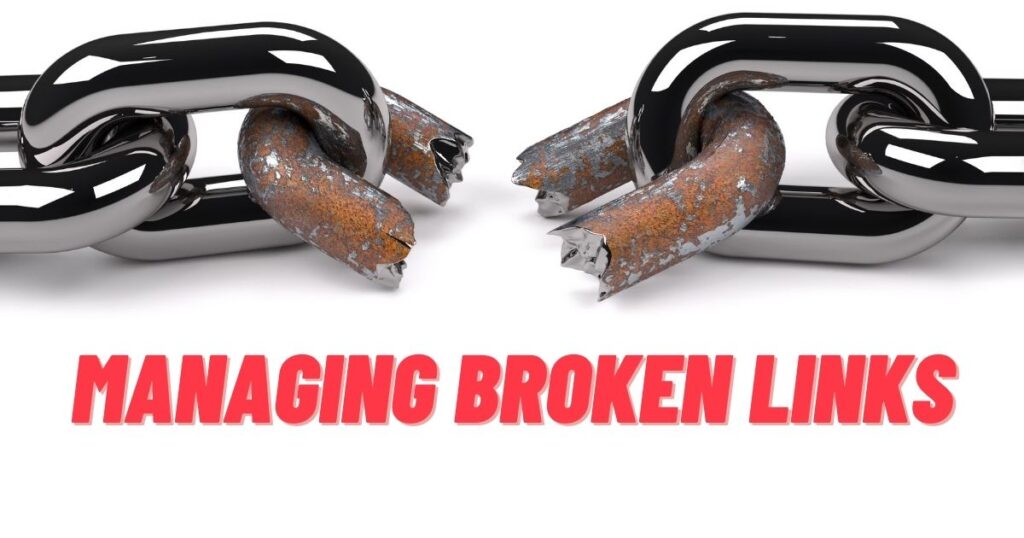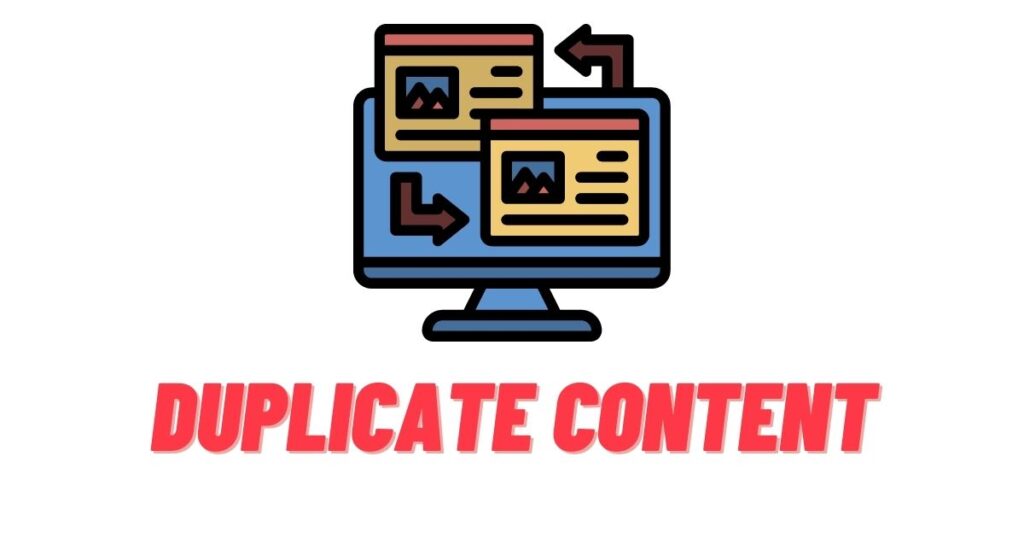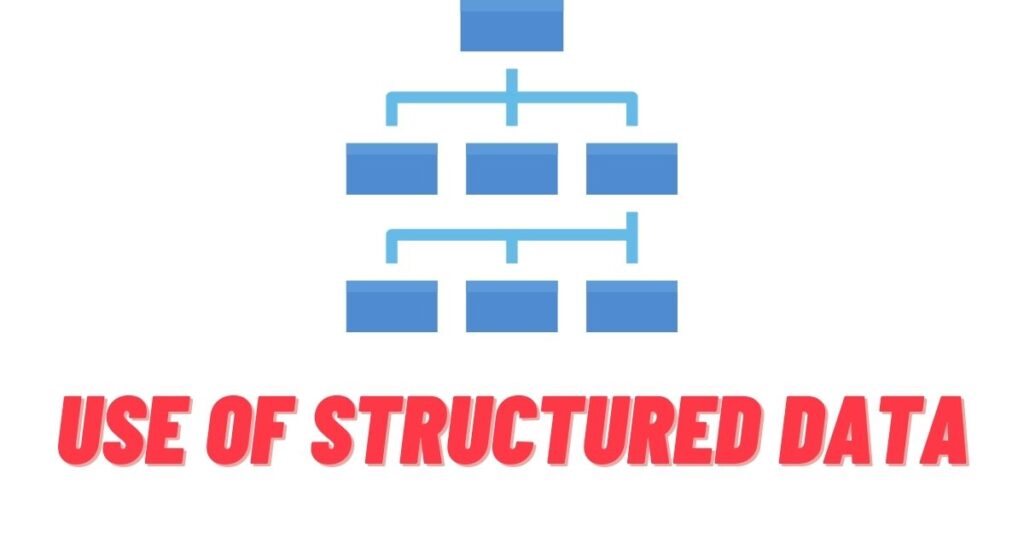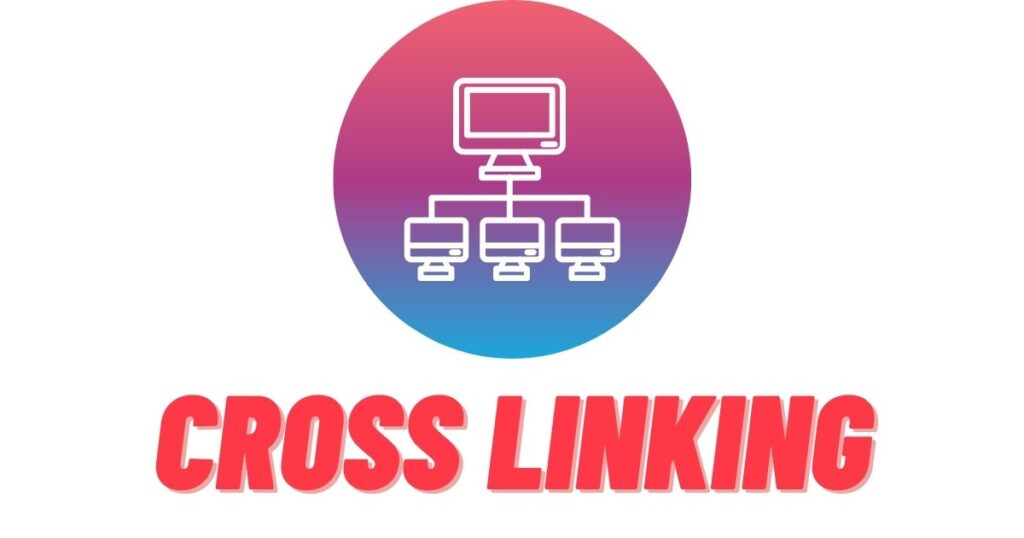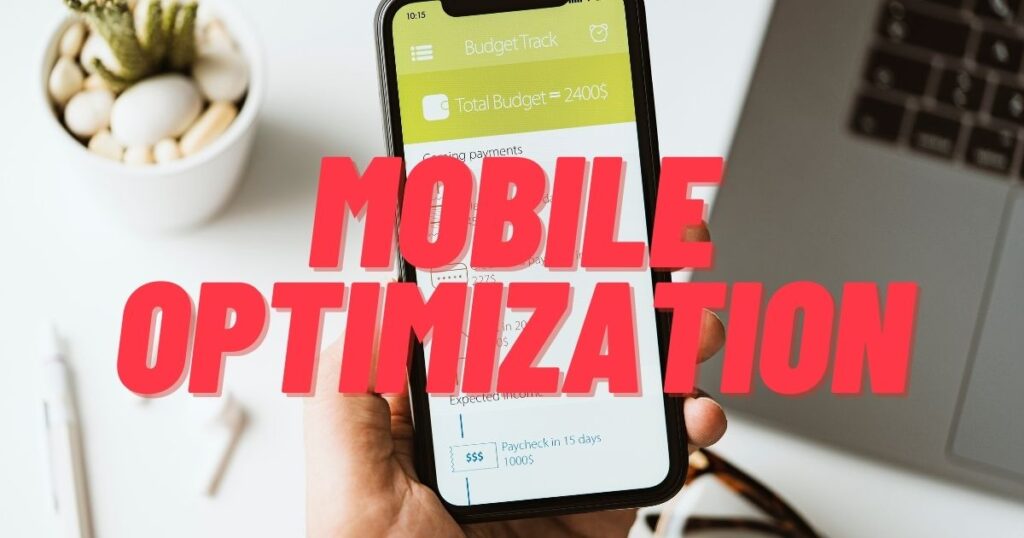Ongoing SEO monitoring and reporting | SEO Tutorials class – 20
Ongoing SEO monitoring and reporting is essential for ensuring your SEO efforts drive the desired results. Here are some examples of how to conduct ongoing SEO monitoring and reporting: When it comes to reporting, it’s important to present data in an easy-to-understand and actionable way. You can create monthly or quarterly reports highlighting changes in […]
Ongoing SEO monitoring and reporting | SEO Tutorials class – 20 Read More »


